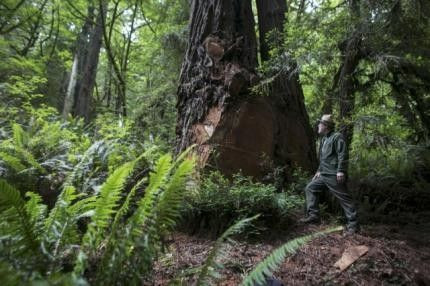'Pepe The Missionary' Famous Galapagos Giant Tortoise Dies

'Pepe The Missionary', is a famous giant Galapagos tortoise that died at an estimated age of 100 at the Galapagos National Park's Interpretation Center after living with Franciscan missionaries on the island last August 22, announced by Galapagos National Park.
Pepe became a mascot for the missionaries and tourists who visited the islands and also loved clicking photographs with him.
The park ecosystems director, Victor Carrion, said that Pepe, who spent his last few days in a corral in the Interpretation Centre, died of natural causes.
In 1967, Pepe was given to the missionary by a family from San Cristobal Island who had first adopted him from the wild in the 1940s. He lived in the missionary until 2012 and was then handed over to the national park after the death of Lonesome George, a giant tortoise who was considered to be the last of his species alive.
George was assumed to be 100 years old when he died, thought to be a young adult, as the specie usually had a life span of about 200 years.
An official said that initially Pepe was considered to be about 60 years old but an autopsy showed that he was older than that.
Mr. Carrion said that the reason for Pepe dying so young is not known but a lot of his organs had started failing and he was also overweight.
One of the park officials said that the tortoise was being looked after by veterinarians and was receiving daily medication especially for weight and cholesterol issues.
The director of the park, Arturo Izurieta posted on Twitter a tribute to the tortoise with the following message in Spanish which means 'Mourn the loss of our turtle #Pepe "The Missionary". Tightly to conserve all species in the archipelago':
Lamentamos la pérdida de nuestra tortuga #Pepe "El Misionero". Trabajanos fuertemente por conservar todas las especies del archipiélago.
- Arturo Izurieta V (@ArturoIzurieta) August 22, 2014
Pepe belonged to the Chelonoidis becki species that is native to the Wolf Vocano located on the island of Isabela. There are about 2,000 of these species of tortoises living in the native habitat.





















